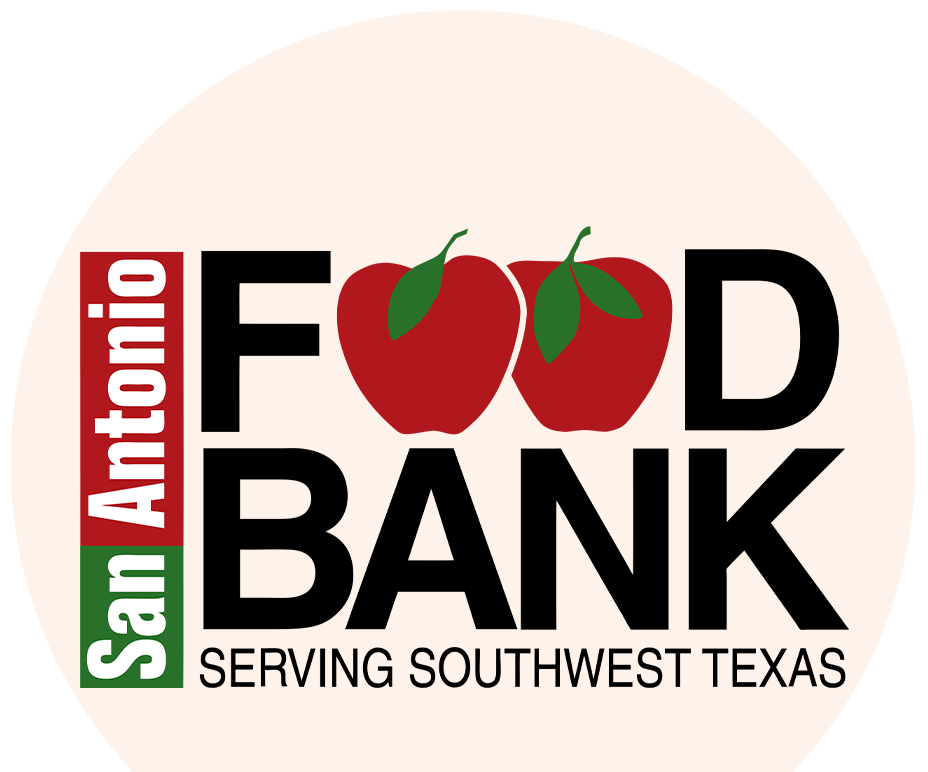Well-Child Care
2 Weeks Old
Your next visit to the pediatrician is usually scheduled a week or so after the first visit when your baby is around two weeks old. Within the first few days after birth, your baby will lose about 7 to 10% of their weight. This visit aims to see if your baby has gained back the weight they lost since birth. Your baby will usually gain about 20-30 grams or one ounce a day and about one inch by the end of the first month, marking this as their first official growth spurt. Some signs your baby is rapidly growing are increased hunger and fussiness while frequently waking at night. These increased eating demands can lead to cluster feedings, where your baby eats more often than the average 2-hour interval. Following and responding to your baby’s cues can help you understand their needs better.
Developmental Milestones
Before your baby can talk, they will communicate with you through sounds and movements. These signs can act as cues when they are hungry, complete, or needing a diaper change. Learning these cues can help you to understand your baby’s needs better.
-
- Hunger Cues: They put their hands to their mouth, turn their head towards the breast or bottle, pucker, smack, or lick their lips, have clenched hands, or cry.
- Fullness Cues: They close their mouth, turn their head away from the breast or bottle, relax their hands, or fall asleep while feeding.
- Diaper Cues: They fuss or cry because they do not like feeling wet, dirty, or cold. Each baby’s poop and pee schedule will differ, but it can happen as often as after every feeding to once a day.

Nutrition Needs
Introducing Formula
- Introducing formula is a good alternative to breastfeeding that supports your baby’s growth. Many women who breastfeed can use formula to supplement their milk supply, mainly if they cannot produce enough or do not have the flexibility to breastfeed every 2-3 hours. Formula-feeding is especially recommended for women who cannot breastfeed, such as those women who are:
-
- Undergoing radiation therapy,
- Taking medications that pass into breastmilk or
- Using other illicit substances like drugs or alcohol.
-
Talk with your healthcare provider if you are uncertain about breastfeeding or have additional questions about introducing your newborn to formula.
Safety Measures
Preparing your infant’s formula requires extra safety measures to ensure each bottle is safe to drink and meets their nutrient needs. Preparing a bottle can be broken down into three steps: Sanitation, Preparation, and Storage.
-
- Sanitation: Before preparing a new bottle, wash your hands for 20 seconds and clean the preparation area well to prevent germs from getting your baby sick. Bottles must be cleaned with soap and hot water after every feeding. Start by disassembling the bottle and rinse every part with water before scrubbing it with soap. For extra germ removal, use a dishwasher with a heated drying cycle or submerge disassembled bottles into a pot of boiling water for 5 minutes. Always allow the bottle to air dry afterward.
-
- Preparation: Powdered infant formula requires a certain amount of water per scoop. Always follow the manufacturer’s instructions on the back of the can unless your pediatrician instructs otherwise. Always measure and add the correct amount of water to your baby’s bottle before adding the powdered formula. Too much water can dilute the formula, while too little water can concentrate the formula. Both scenarios can be harmful to your baby’s stomach. As an extra precaution, boil water before mixing it with formula to prevent infection from germs that can live in the powdered formula. Always allow the bottle to cool before offering it to your newborn. Never microwave a bottle to warm the formula; it heats unevenly and can burn your baby’s delicate mouth. Instead, submerge the bottle in warm or hot water for a few minutes without getting the nipple or opening of the bottle wet.
-
- Storage: Once you have prepared the bottle, offer it to your baby within two hours of making it, especially if it is kept at room temperature. Bacteria in the mouth and saliva can contaminate a bottle of formula, so dispose of the formula if your baby does not finish it within one hour. If you do not plan to use your prepared baby formula immediately, immediately store the bottle in the fridge for up to 24 hours. Also, consider how you hold the formula cans. Keep all formula containers in a cool, dry place to prevent bacterial growth.
Feeding Schedule
Within the first few days of life, your baby’s stomach will grow as their energy and nutrient needs increase. By day 10, your baby’s tummy is about the size of a ping-pong ball and can take about 2 ounces per feeding. Whether breastfeeding or bottle feeding, your newborn must eat every 2 to 3 hours or about 8 to 12 times in 24 hours. This adds up to about 20 to 32 ounces of breastmilk or formula within 24 hours. One helpful method for developing a feeding schedule is to feed on demand, also known as cue-based feeding. This allows you to follow your baby’s hunger and fullness cues for when and how much to provide them. Learn from your baby to develop a feeding plan that best meets their needs.
Recommended Recipes


Family Engagement Activity
- Tracking your baby’s feeding and pooping schedule offers great insight into how your newborn is doing. It is recommended to record how long your baby is latched at the breast or how many ounces your baby takes at each feeding while tracking how many wet and dirty diapers your baby has in 24 hours.
- There are a few apps available for smartphone users that can help you keep track of your baby’s day. Some commonly recommended resources are Sprout Baby, What to Expect Pregnancy & Baby Tracker, and Baby+.
- Huggies has also created a great PDF guide for tracking these key moments of your baby’s day, which you can download here.
Caregiver's Corner
Vaccinations
Dr. Darian Harris, a Pediatrics Specialist at CHRISTUS Children’s, shares why you should vaccinate your children and how to best care for them when they receive a vaccine.
-
- Vaccines are a safe way to protect ourselves and those around us from serious illnesses. When we get a vaccine, our immune system develops antibodies to help fight the foreign germ that causes the disease. If we reencounter this disease, our bodies will already know how to defend against these serious illnesses that can harm or even kill infants, children, and adults.
- If we delay vaccination, we risk exposure to germs that can make us seriously sick. Some of the first vaccines we can receive start at birth and can be administered after delivery at the hospital. If your baby has missed any vaccine, talk with your healthcare provider about catching up.
Common Side Effects
The most common side effects after receiving a vaccine are fever, tiredness, body aches, redness, swelling, and tenderness around where the shot was given. These mild reactions usually go away on their own in a few days. Here are a few tips to help your baby after they receive their vaccines.
-
- Use a cool, damp cloth to reduce the redness, soreness, or swelling on the injection site.
- Hold and cuddle your baby while using a soothing voice to help reassure your child that everything is okay. Breastfeeding, swaddling, or skin-to-skin contact can also be soothing for your baby.
- Check with your pediatrician before giving your baby a non-aspirin pain reliever, like Tylenol.





